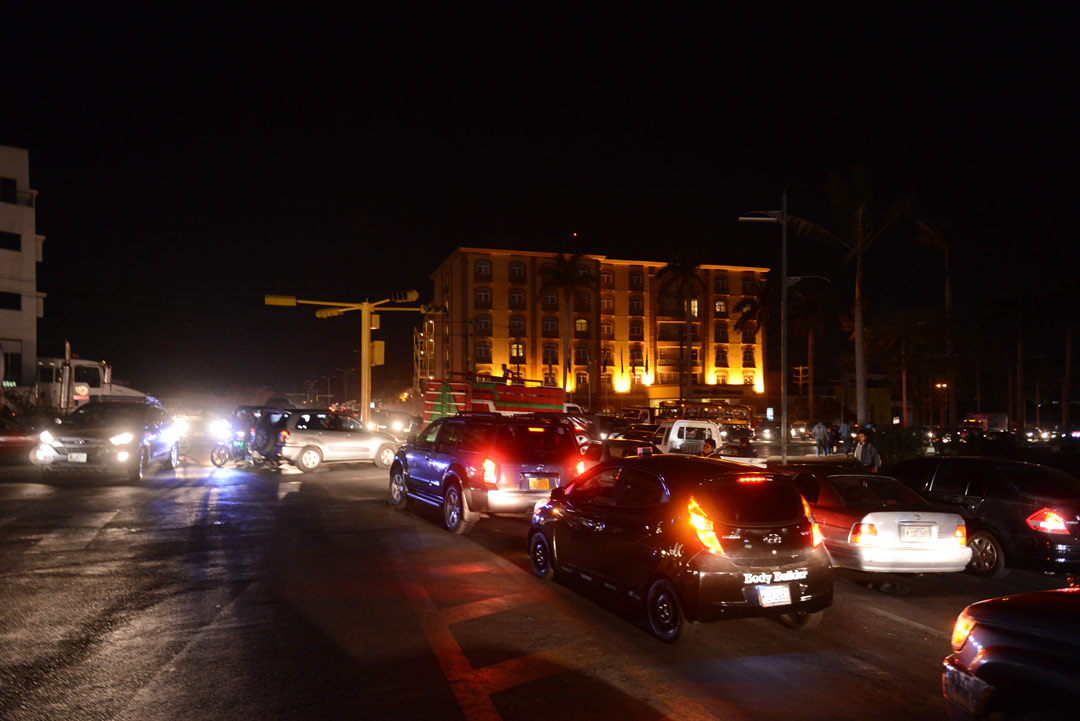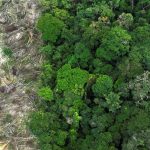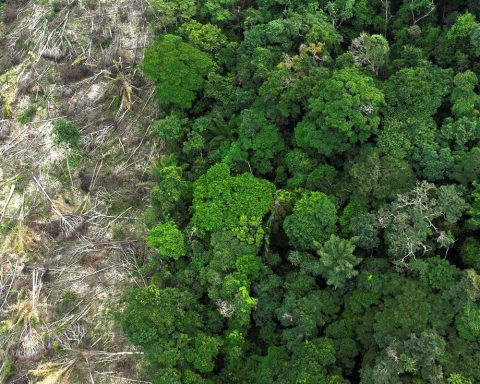Nicaraguan foreign debt closed at 13,636.3 million dollars in the first half of 2021, which is equivalent to 108% of the country’s Gross Domestic Product (GDP) (12,621.5 million dollars in 2020), according to the Central Bank of Nicaragua.
The monetary authority indicated in a report that of the total indebtedness at the end of last June, 7142.9 million dollars correspond to the public sector (56.6% of GDP and 52.4% of the total), and 6493.4 million dollars to the private sector (51.4% of GDP and 47.6% of the total).
Total external debt increased by 204.5 million dollars (1.5%) compared to the first quarter 2021 (13 431.8 million), due to the increase in public external debt of 142.8 million and the increase in private external debt of 61.7 million, explained the transmitter.
With respect to the balance of December 2020, the external debt increased by 98.8 million dollars as a result of the increase in public external debt (186.1 million) and a decrease in private external debt (87.3 million), he specified.
Total disbursements for the second semester totaled 1,340.1 million dollars, of which 75.1% were directed to the private sector (1007 million) and the rest to the public sector (333.1 million), the main sources being private creditors (69.2%) followed by multilateral agencies (27.6%) and official bilateral sources (3.2%), he detailed.
Debt for the electricity sector
The main economic activities that were destined were electricity, gas and water (20.9%), manufacturing industry (20.6%), financial intermediation (14%), commerce (13.3%), public administration (8.8%), among others, he said. the monetary authority.
Meanwhile, the total external debt service was 720.6 million dollars, of which 657.9 million were principal payments and 62.7 million were interest payments and commissions.
Of the total paid service, 85.2% corresponded to the private sector, and the rest to the public sector (14.8%), according to the report.
Regarding the financial conditions of the external debt, for the private sector, the average term of the long-term external debt is approximately 15 years (6 years for the debt of the non-financial sector and 22 years for the financial sector); and the weighted average interest rate is approximately 5.06% (7.93% for the non-financial sector and 2.79% for the financial sector).
While, for the public sector, the weighted average term is approximately 23 years, including a 12-year grace period, and an average interest rate of 2.46%.
GDP growth
The Government of Daniel Ortega projects a growth between 5% and 7% in 2021, the first year of growth after three years in a row of closing with a red balance.
GDP decreased 2.0% in 2020 as a result of the covid-19 pandemic and the damage caused by hurricanes Eta and Iota last November, according to the Central Bank.
Nicaragua’s GDP fell 3.7% in 2019, and 3.4% in 2018, as a result of the socio-political crisis that has affected the country for 44 months, according to the monetary authority.


















